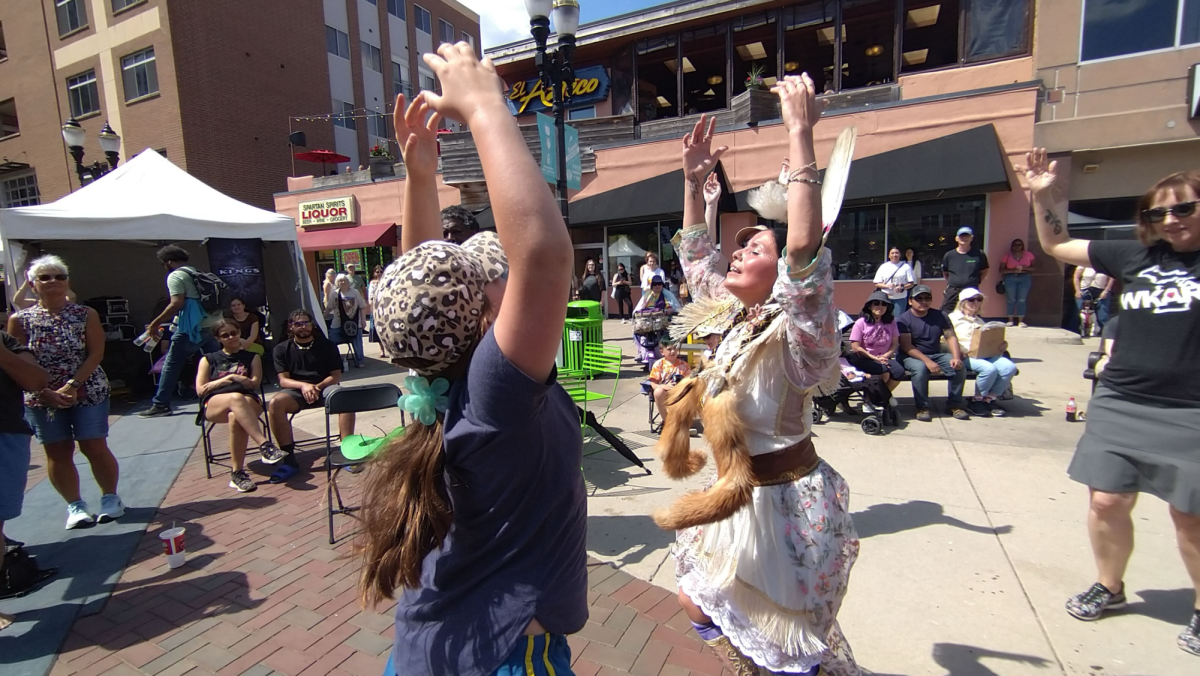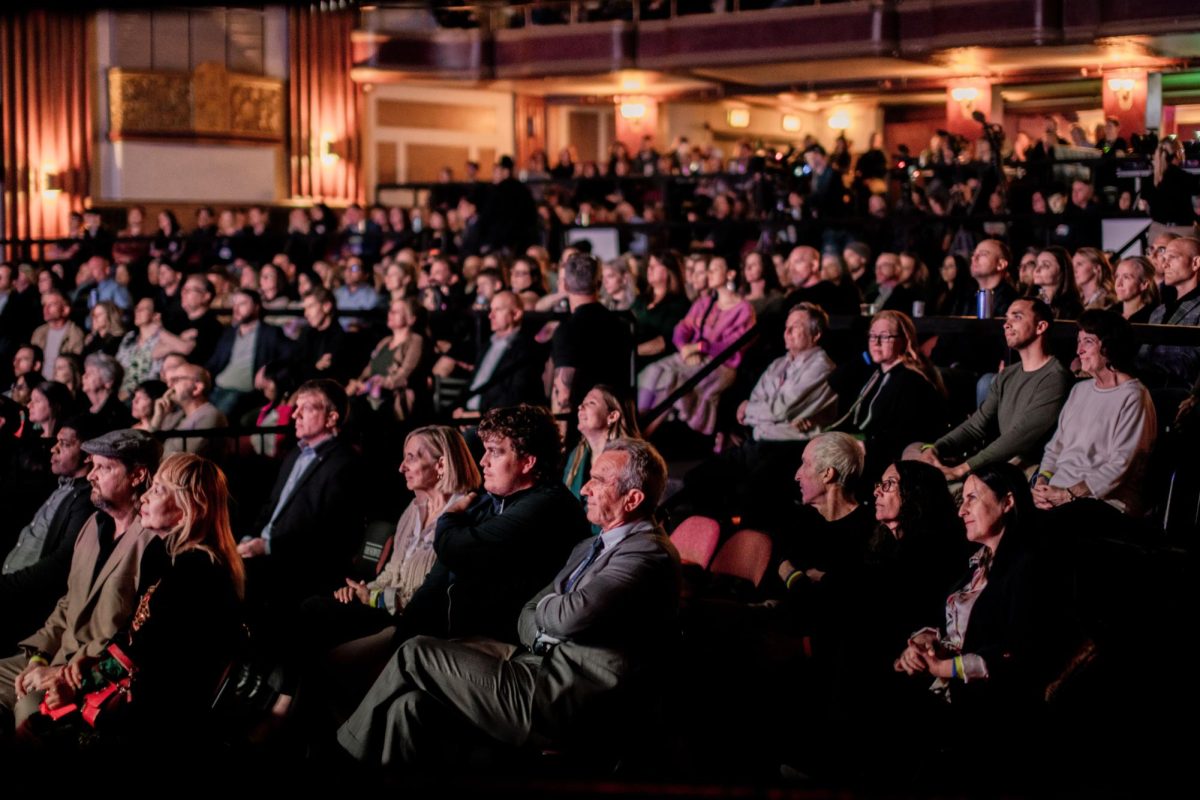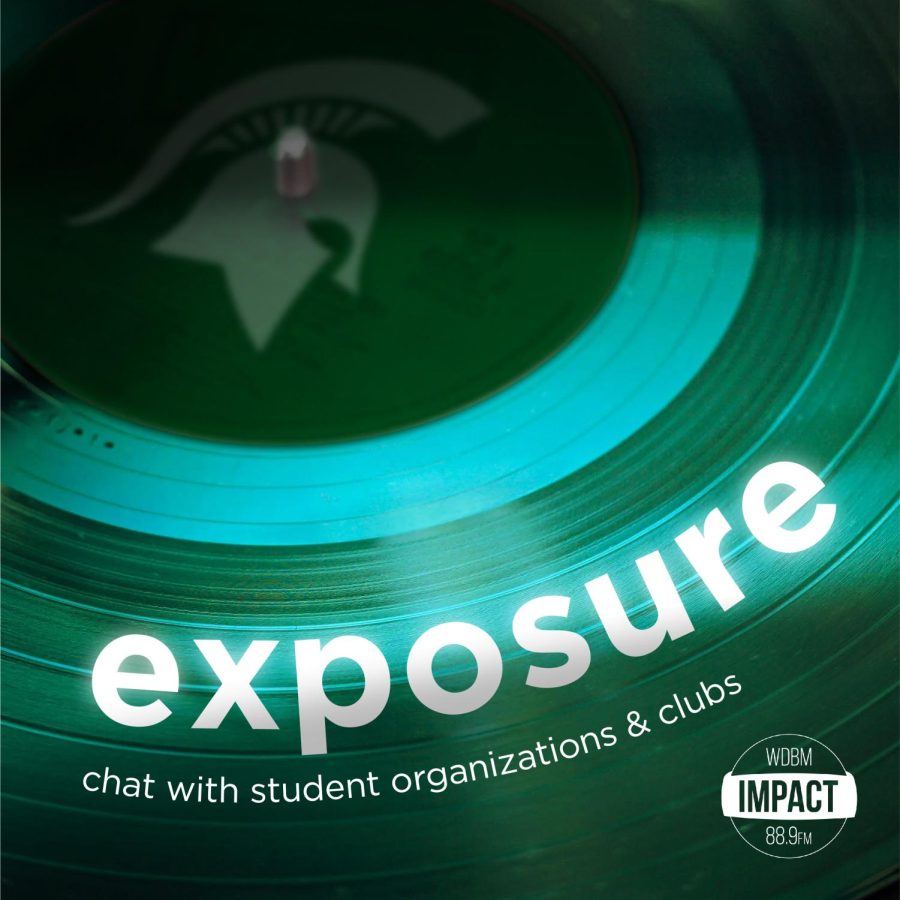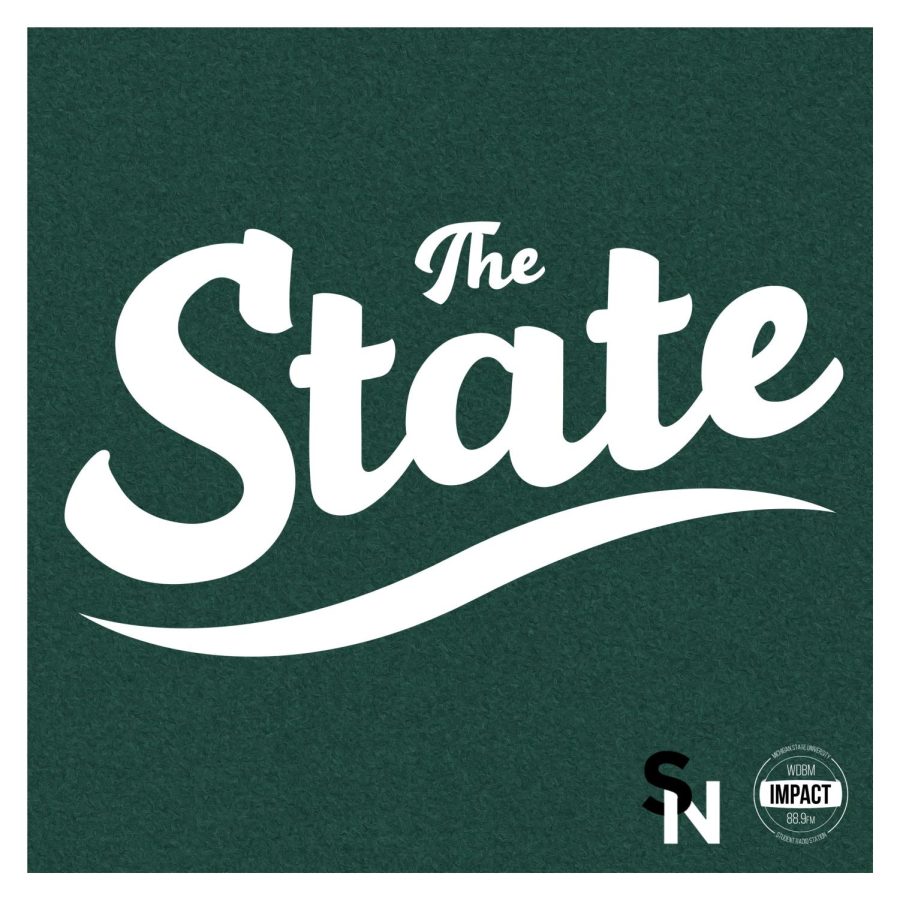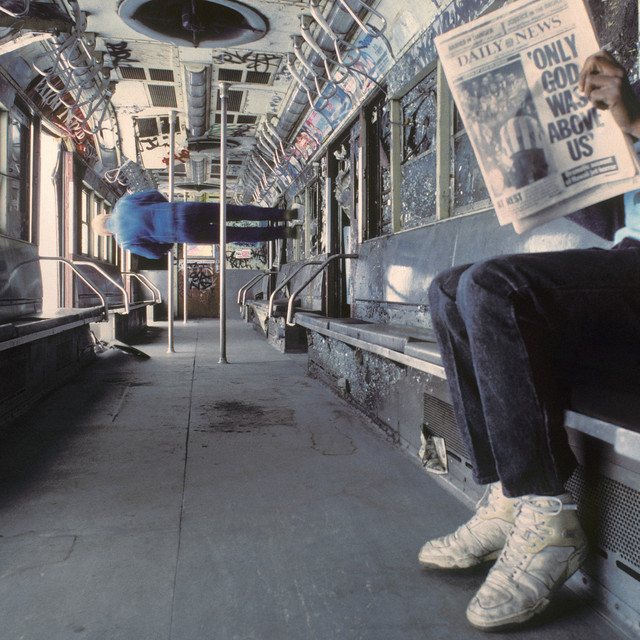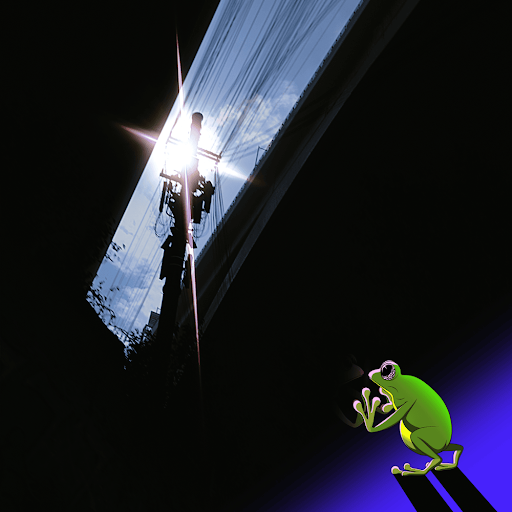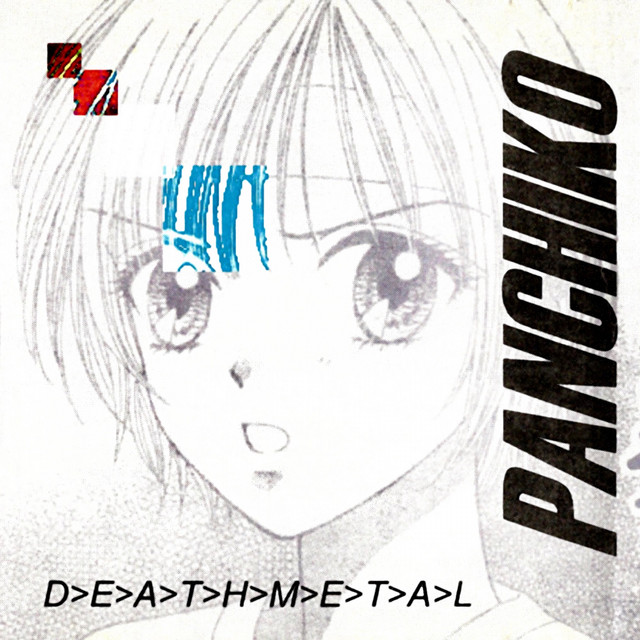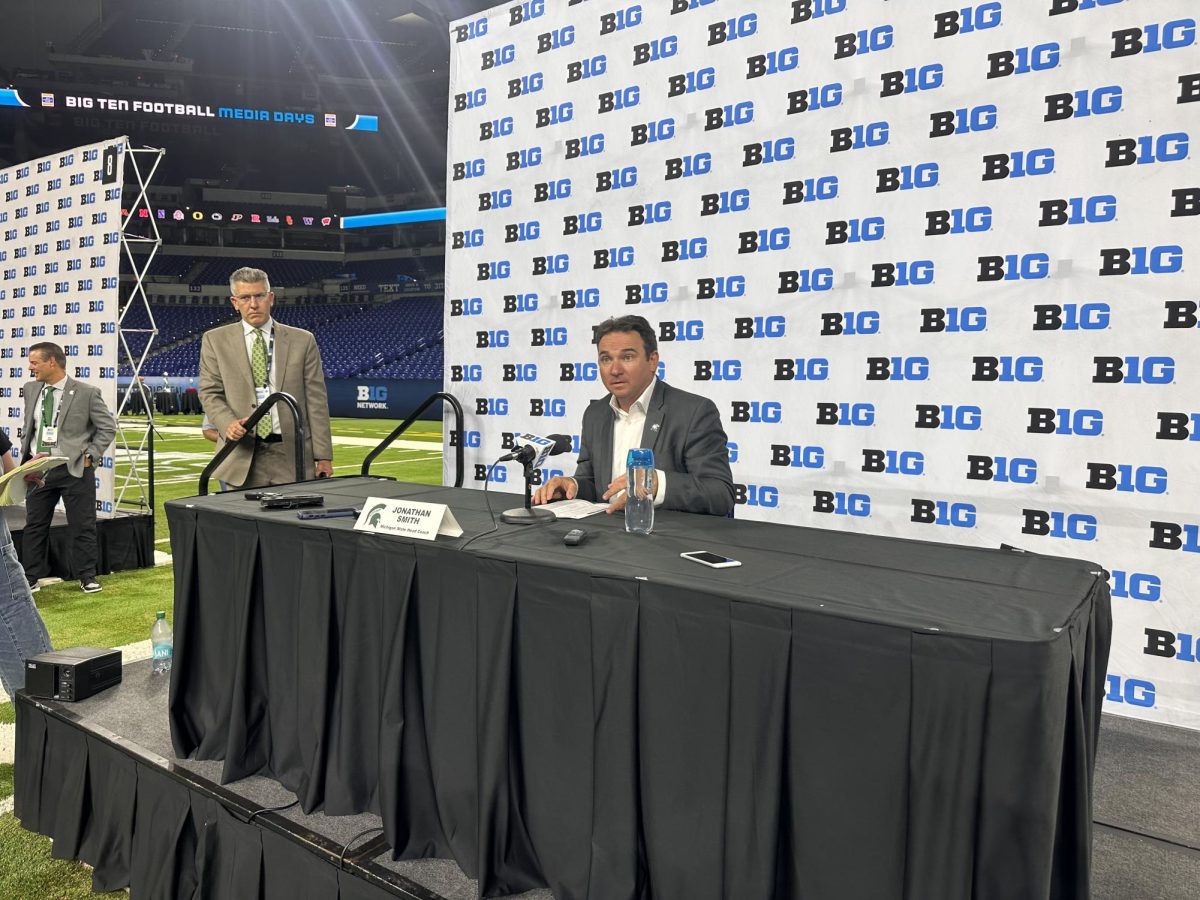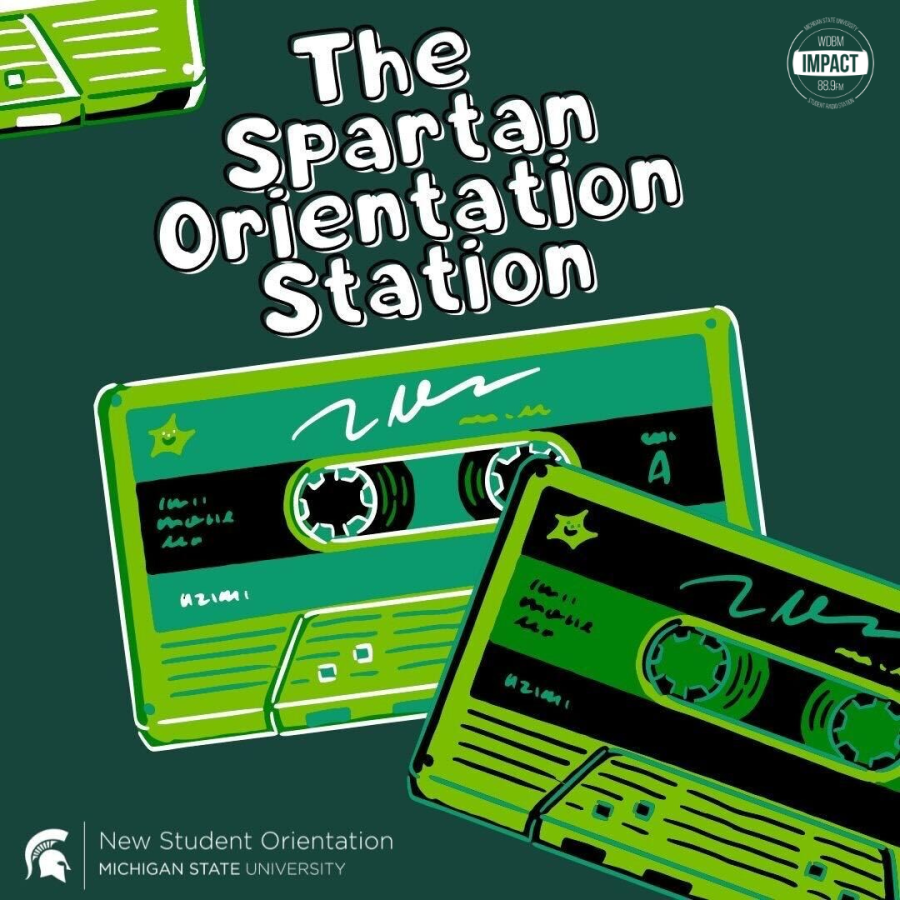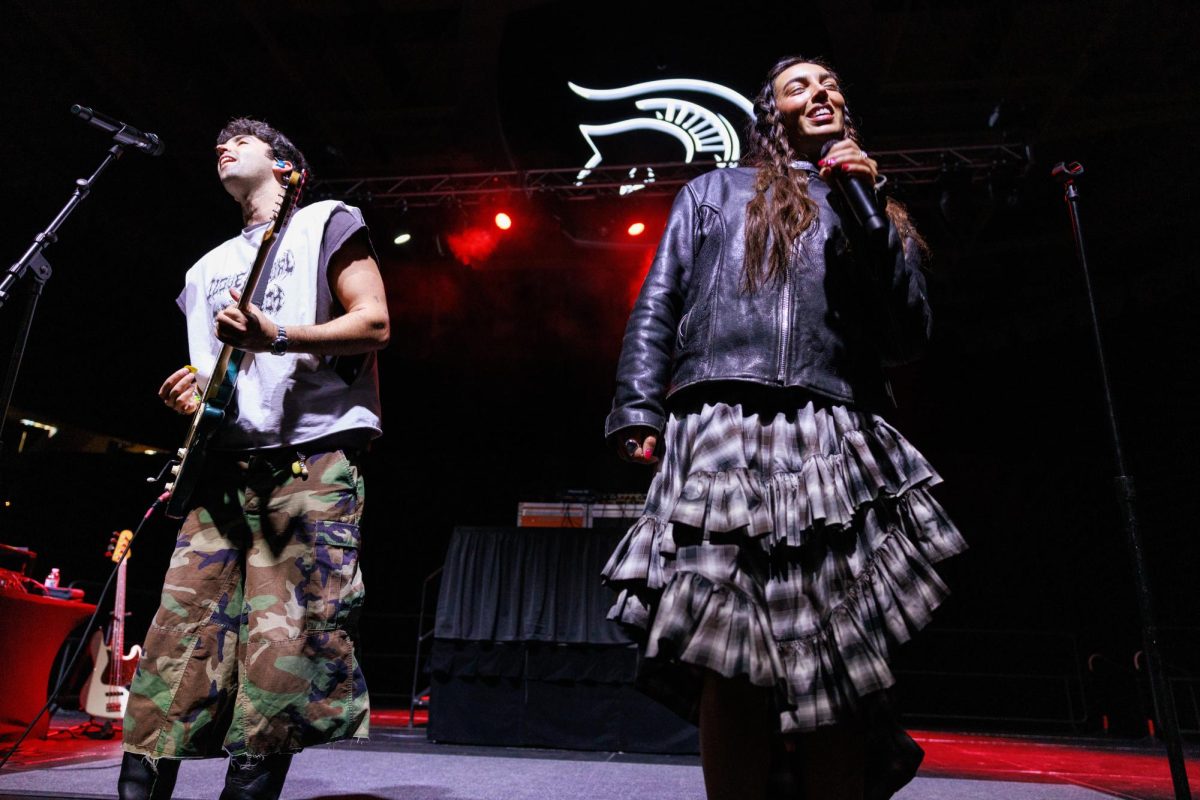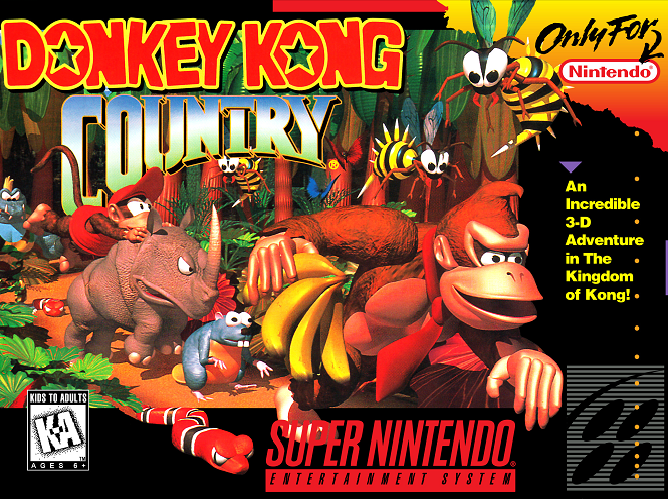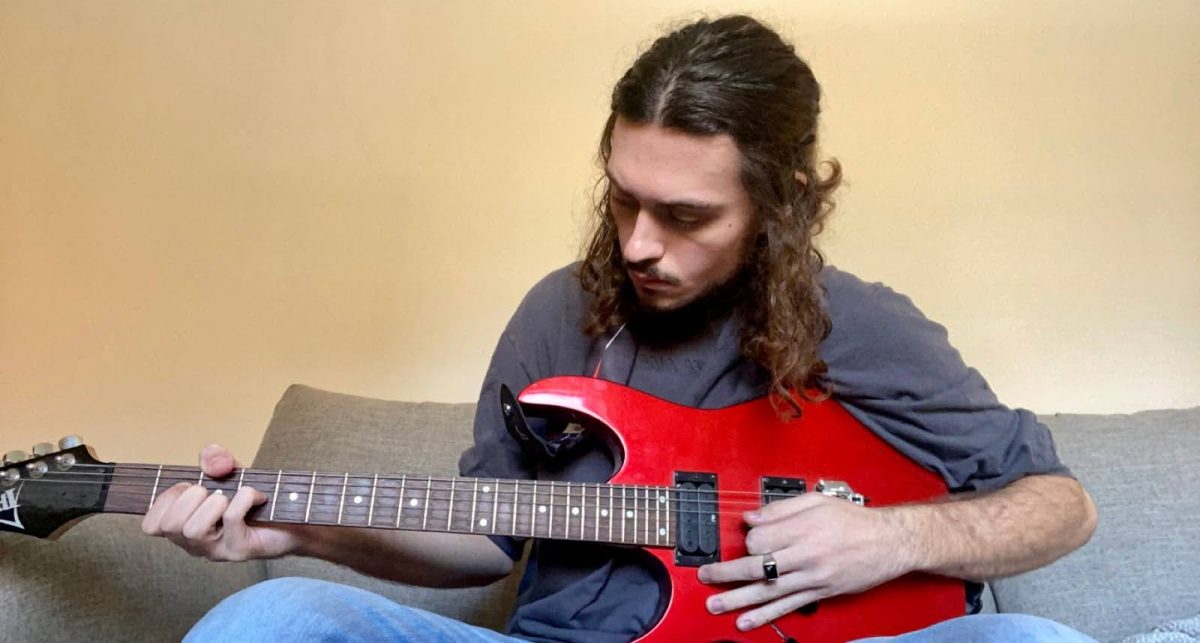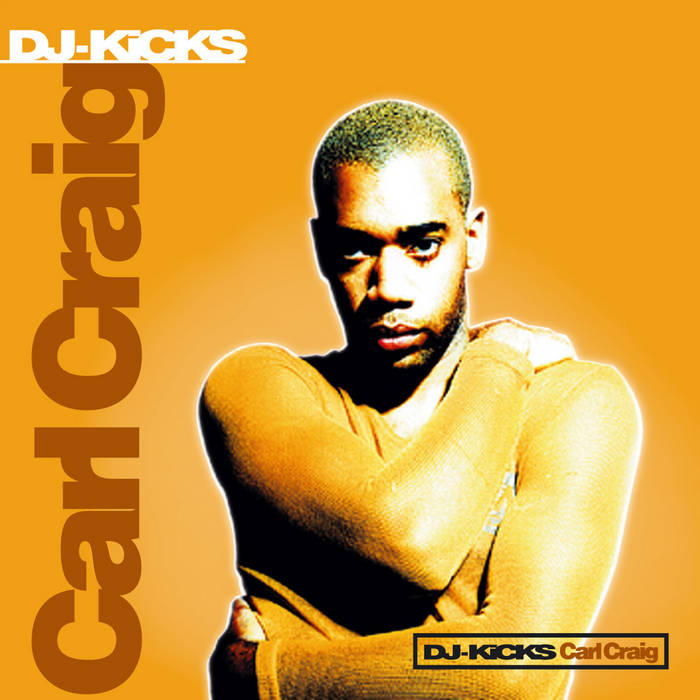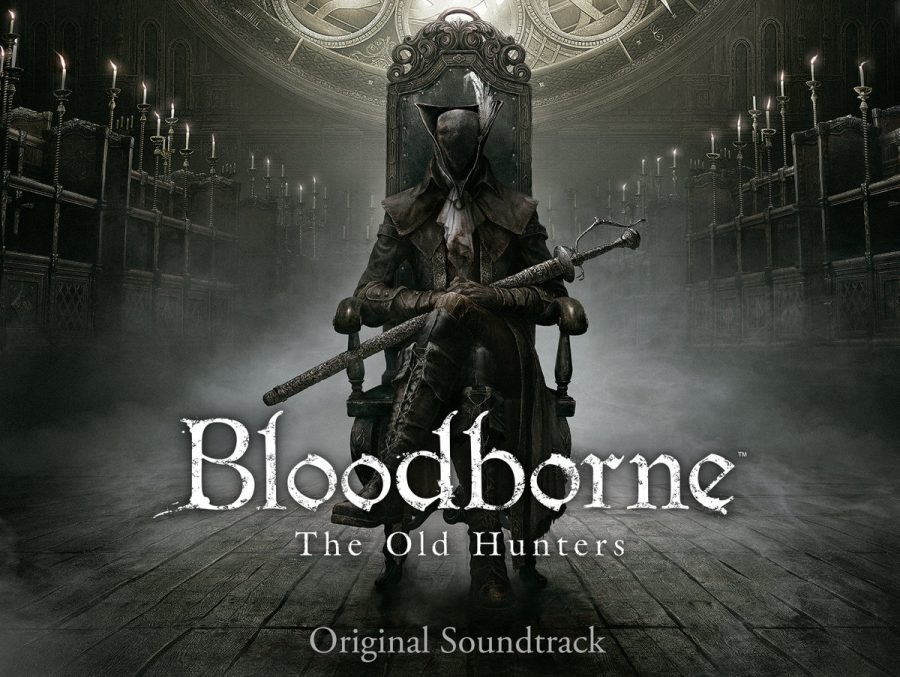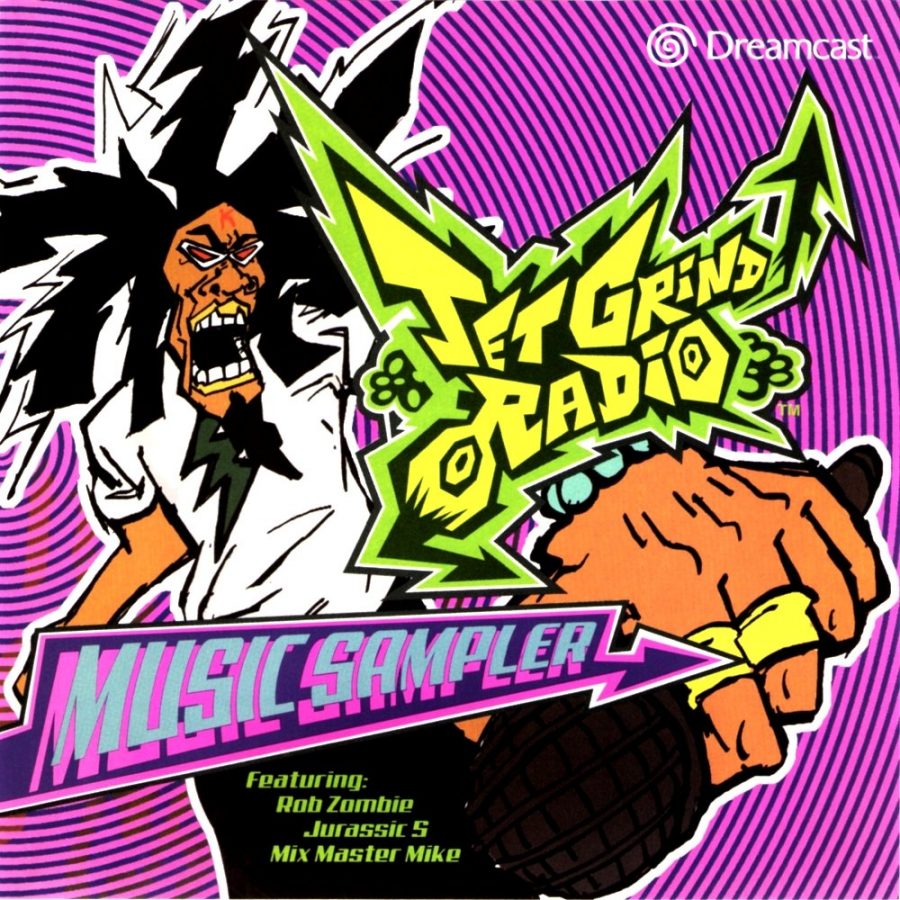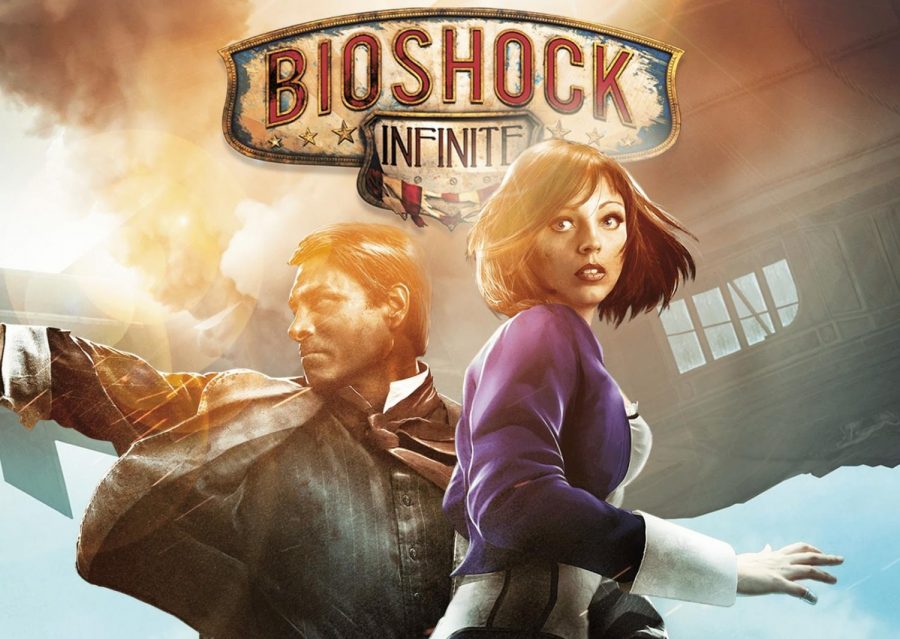One aspect of music that I’m passionate about is its power to transport you to a place you’ve never been before. Whether that be through catharsis, atmospheric detail or tonal depth, music can totally take you out of yourself and subject you to a different perspective or environment. It’s especially apparent within video game soundtracks because there is a tangible function for each piece of music placed within the context of the experience. Where one song is purposed to represent a specific location or character, others may be used to evoke an emotional response to what is happening in-game.
In the early days of video games, composers had to deal with the limitations of sound technology present in game consoles. I’m of the opinion that physical limitations lead to innovative creativity, and that’s only cemented by the great music that has soundtracked landmark games. Donkey Kong Country is a special game. It follows two primates, Donkey and Diddy Kong, on their journey across their home island, DK Isle, to retrieve a stolen banana horde from the evil Kaptain K. Rool and his band of Kremling pirates. Not only is it a joy to play, but it also deeply resolves to engulf you in its world.
Its visuals were 3D renders transferred to 2D sprites, which gives the game a distinct pseudo-3D look to it. Character animation is fluid and exaggerated to add life to the sprites on screen, also adding a bit of zany, ‘90s cartoon humor. The music is on an entirely different level. Each track aims to represent the level or environment that it plays in. Additionally, a lively wilderness atmosphere is incorporated within these tracks through various sound effects garnishing the composition. I’ll be analyzing a handful of tracks from the game to present the music’s versatility in terms of what images and emotions are evoked in the sound alone. There’s a strong sense of comfort in the way these songs are arranged and how they sound that plays a big role in the impact this game has had on me, and I want to share that here.
1. “Simian Segue”
One of the first tracks that’ll hit your ears is “Simian Segue” on the map screen. You’ll be returning to the map in between each level, so it’s a good thing this song bangs. The piano takes center stage with a bluesy lick that stings the top of the musical scale as the string bass bounces up and down in a playful cadence, setting a cheery mood as our apes set out on their adventure. This song is pretty simple when it comes to its arrangement, namely with its sparse percussion and repetitive bassline. It has just the right ratio of sparsity to melody, giving a hint of something greater to come when you eventually leave the map. Its repetitive blues structure also nudges the player into the next level, with the rhythm section of the song repeating its lines on different raised intervals. Effectively, “Simian Segue” functions as a vamp, or a piece of music that plays idly before leading into the next big number.
2. “DK Island Swing”
Entering the jungle home of Donkey and Diddy subjects us to “DK Island Swing,” three demo songs smushed together because they all represent the environment in different, yet honest senses. The first part is mostly an ambient piece, with a line of drums banging out a heavy rhythm amid the sounds of the jungle; a choir of crickets chirps in a low hum and birds tweet out their calls in the vast wilderness. As the drumming becomes louder, other parts jump into the groove and the jungle soundscape slowly fades out. This part of the song accustoms you to the area and leads you into the real meat of the track, which is the second part.
As momentum builds and the bassline speeds up, the percussive elements drop out in time for a jazzy piano lick to mark the transition between the first and second part. The melody in this section is highly recognizable, since it’s been used in almost every Donkey Kong game from here. It sort of serves as the “Donkey Kong Theme” since its jazzy melody incorporates the playful antagonizing that these silly apes display. The rhythm here still keeps elements of the drumming from the previous section as well, maintaining the jungle motif.
Before we transition into the final section of the song, a thunderous drum solo breaks up the ensemble as an almost sorrowful flute melody finalizes the change. The last section of “DK Island Swing” exudes an entirely different vibe from the previous parts. Here we have uniformed drumming, as well as some deep flowing synth drones underneath. This is kind of similar to the first section of the song, but it’s a bit more serious in its presentation. The melody lines have a bit of an echo on them to show the vastness of wilderness and the mysteries hidden in its shadows. “DK Island Swing” projects its implied environment throughout a day cycle. The slow, waking morning builds up to the jolly and active afternoon. As night falls, the reality of the location’s immenseness is apparent.
3. “Cave Dweller Concert”
One of the more ambience-focused tracks in the game, “Cave Dweller Concert” is mostly strange rumblings and echoes amid hard xylophone and low climbing synths. Everything in this piece is drenched in reverb and delay, allowing the context of cave echoes to be displayed. Water dripping on the stone floors is heard throughout, keeping an uneven beat. The ricocheting noises that sporadically jump out of nowhere are unrecognizable, giving these levels an eerie feel to them. The silence between the cavernous shuffles juxtapose the rich jungle sounds we heard before in “DK Island Swing.” Amid the discomfort, a hopeful flute plays out in the darkness, maybe suggesting a light at the end of the tunnel, which motivates us to march on.
4. “Aquatic Ambience”
Switching it up entirely, “Aquatic Ambience” plays during water levels, in which Donkey and Diddy have to slowly make their way through underwater sections of the island with the help of their friend Enguarde the Swordfish. This track in particular is one of high reverence and marvel, since it really pushed what video game soundtracks were capable of at the time. Following the precedent of atmospheric depth being used as a device to convey immersion in the setting, “Aquatic Ambience” is floaty and mellow because it strives to display the slowed down movement of our land-dwelling heroes when submerged in the kingdom of fish.
There is a sense of a slow rising not only in the ascending tones present in the opening, but also in the bubbly synth and watery woodwinds. Contrastingly, slow tonal descents communicate the scale of the ocean and how vacuous it must feel to be lost in its vastness. I think a lot of people really identify with this song in particular because it’s reflective and calming. “Aquatic Ambience” enables us to soak in our environment and dwell on our choices that led us to our current position, which is what leads it to be remembered so fondly.
5. “Ice Cave Chant”
In the quiet icy caves near the top of DK Isle, “Ice Cave Chant” provides an encouraging anthem after a long trek through snowy landscapes and mineshafts on the road to K.Rool. Instead of foreboding the player with a cold and intimidating sound as some of the other environmental soundtracks have achieved, the wonder and beauty of the crystal caves are represented in a joyful crystal bell melody. Similar to the structure of “Cave Dweller Concert,” there is a section near the end of the loop that hints at unease with a dissonant haze, but it is quickly dispersed with the return of cheering bells. The icy caves are juxtaposed with the dark, earthy caverns because they signify a growth in our protagonists, who are no longer afraid or uncomfortable in the deep places of the island.
6. “Fear Factory”
From here, Donkey and Diddy travel through the areas of the island that have been affected by K. Rool’s presence. “Fear Factory” dots the Kremling factories that have popped up along the higher parts of the island. There is a seriousness and sense of urgency in the electronic beating throughout the song that isn’t held back by fear or watered down by a lighter tone, especially when complemented by the high flute drones at the beginning of the song. It’s serious, yet also motivating.
The drum loop is consistent and determined, moving us forward despite the difficulty that ramps up in these later levels. The xylophones that run up and down along the persistent rhythm call back the familiar sounds of the jungle, highlighting how far along our protagonists are from their simple beginnings. There are also sections in this song that break up the incessant pounding of the drums in order to lessen the intensity being built up. They’re like little pockets of air you can inhale before diving back into the challenge in front of you, similar to “Fear Factory” as a whole, preceding the final challenge.
7. “Gang-Plank Galleon”
The final obstacle between the primates and their banana horde is Kaptain K. Rool himself. As we make our way onto his pirate ship, a light-hearted sea shanty plays. The happy accordion slowly blends into an encroaching flute drone with a galloping bass beat kicking. “Gang-Plank Galleon” evolves dynamically with the boss battle itself. As we settle into the rhythm of the fight, the driving bass overtakes the hearty shanty.
The music serves to pinpoint our attention to a single purpose because the arrangement itself is fairly simple, with only the revving melody in the forefront. The pounding bass and light drum kit accompany the flute in a way that pushes it forward. Halfway through the fight, K. Rool falls to the ground and credits start to roll. The music reflects this when the melody drops out and is replaced by a far-off flute and breaking bassline. But this is one of K. Rool’s dirty tricks, and he gets back up for one last attempt to stop the Kongs. A blasting cymbal and more percussive elements are added to the song’s main chorus to intensify this last part, driving the player to the end of the game and the banana stash recovery.
As the credits roll and we see all the characters that played a role in the game, the sense of accomplishment from the scope of the adventure is brought to the forefront. While the music sporadically changes between different beats of the story and gameplay, it has a solidified identity that marks it distinctly from other experiences. Not only does it make me feel like I’m back in the shoes of my 2009 self, coming back from a long day of kindergarten and excited to experience some crazy adventure within the worlds provided by video games, but it also drowns my attention in its vast depths as an adult. The magic of Donkey Kong Country’s soundtrack is that it transcends the limitations of age, providing the same listening experience to its audience no matter what walk of life they come from.


